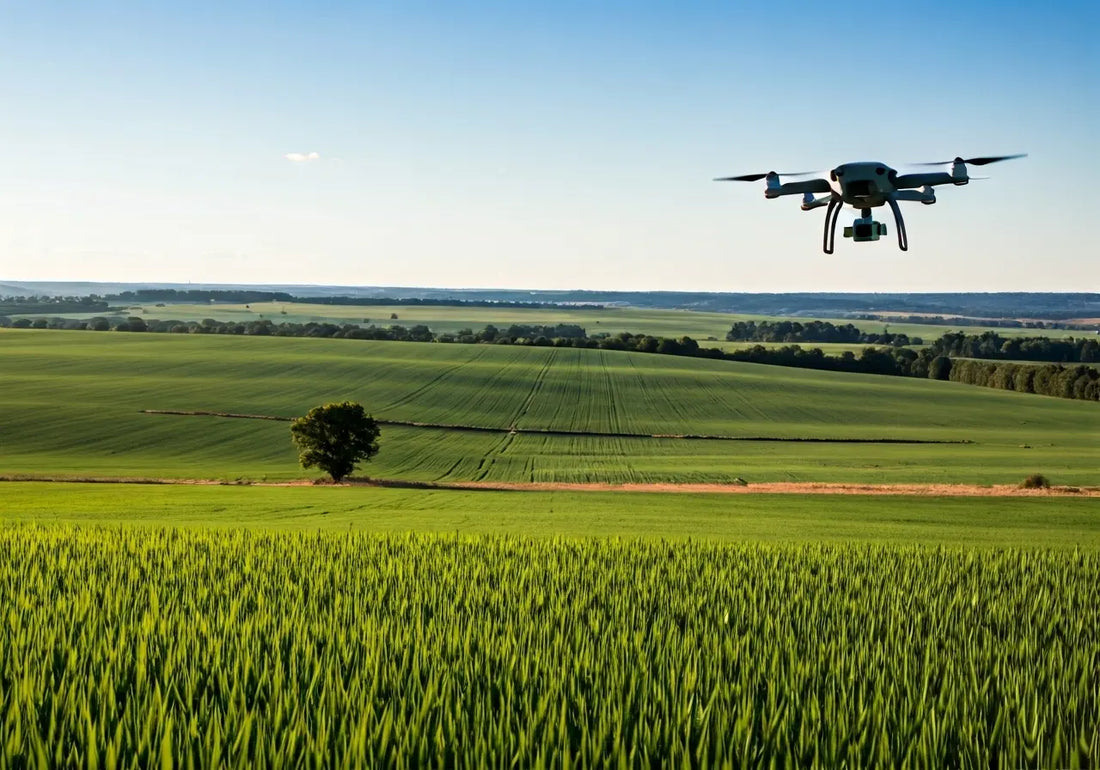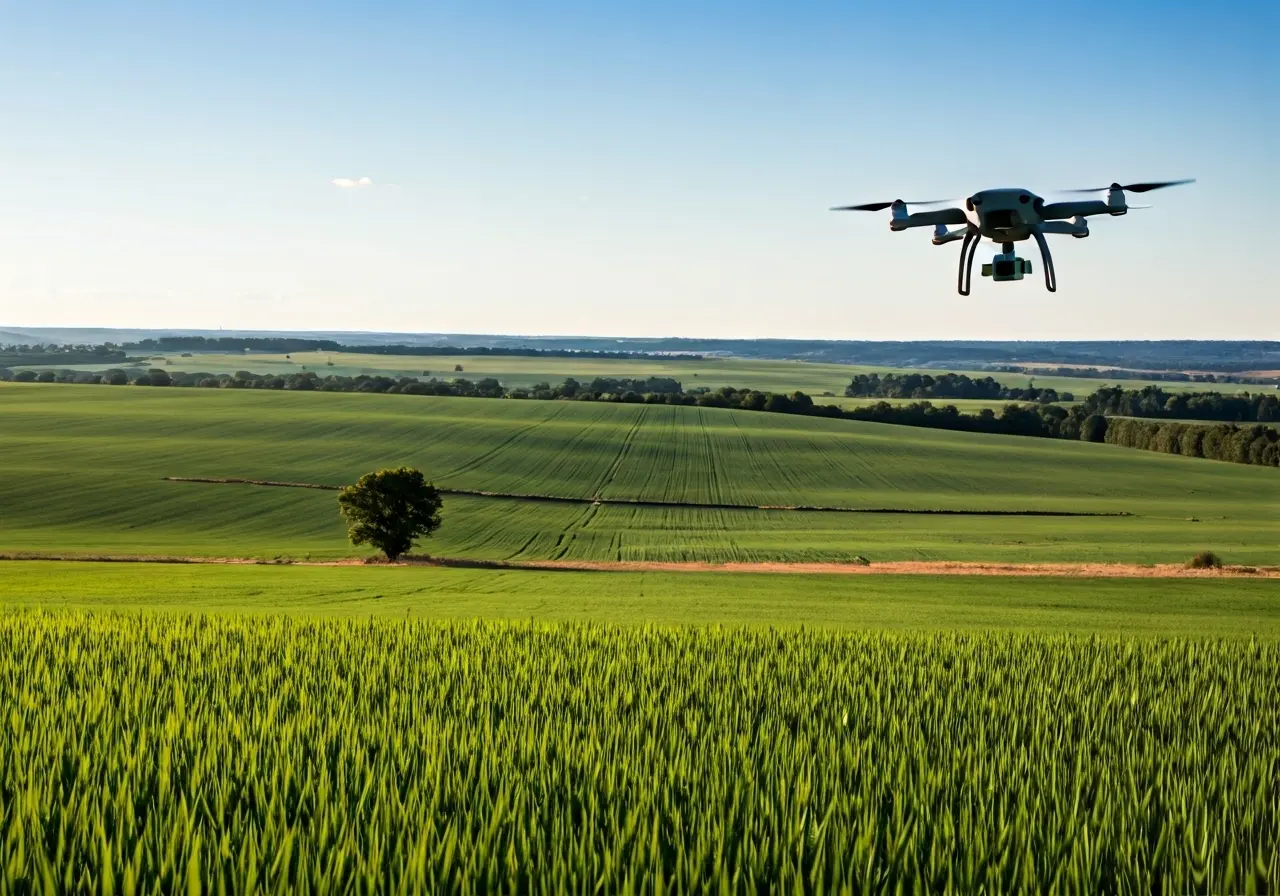
How Do Agritech Drones Assist in Crop Monitoring?
Share
In recent years, agritech drones have revolutionized the way farmers monitor their crops. These high-tech flying machines provide valuable insights, reducing time and effort while increasing productivity. But how exactly do they assist in crop monitoring? Let’s explore.
Understanding Agritech Drones
Agritech drones, equipped with advanced sensors and cameras, are designed to gather data from fields with minimal human intervention. This section delves into the basics of how they work and their key components.
These drones are not only about flying over crops but also about revolutionizing traditional farming methods. Unlike traditional approaches, agritech drones offer a dynamic solution for data collection. They can fly over vast fields in a fraction of the time it would take for a person to walk, ensuring efficiency and thoroughness.
At the heart of every agritech drone is a combination of powerful technologies. These include GPS for precise navigation, high-resolution cameras for imagery, and sophisticated software for data analysis. Together, they create a seamless process for monitoring and managing crops.
Benefits of Aerial Imaging
Aerial images captured by drones provide a comprehensive view of the fields, helping farmers detect issues like pest infestations, diseases, and water stress early. This proactive approach allows for timely interventions.
Furthermore, these aerial images offer unprecedented detail, allowing for better insights into the spatial variability of crop conditions. This means that farmers can target specific areas that require attention, thereby optimizing the use of resources such as water and fertilizers.
The spatial perspective of aerial imaging also facilitates better planning and execution of farming practices. By understanding which sections of a field are prone to specific issues, farmers can implement targeted interventions, boosting efficiency and crop health.
Data Collection and Analysis
Drones gather various data types, including multispectral images and thermal readings, which are then analyzed to offer insights into crop health. This data helps in identifying patterns and anomalies that are not visible at ground level.
Multispectral imaging is a game-changer. By capturing data across different wavelengths, it provides insights that the human eye might overlook. This includes identifying stressed plants in early stages, allowing for preventative measures to be taken.
Moreover, the thermal readings assist in understanding the moisture levels of the fields. Heat maps generated from this data reveal areas in need of irrigation, preventing both underwatering and overwatering.
Real-Time Monitoring
With real-time monitoring capabilities, drones can provide updates on crop conditions, allowing for quick response to any issues. This feature supports better resource management and optimized yield outcomes.
Imagine having instant updates on your crop’s health, right from your mobile device. Drones make this possible, giving farmers the ability to monitor changes as they happen and act swiftly to mitigate risks.
Predictive Analysis and Planning
Through predictive analytics, drones assist farmers in planning crop rotations and harvest schedules by analyzing historical data to forecast future trends. This ensures smarter, data-driven farming practices.
By leveraging past data, drones enable farmers to anticipate future challenges and opportunities in crop growth. This proactive approach to farming not only enhances productivity but also reduces the likelihood of crop failures.
The insights gained from predictive analysis help in tailoring farming strategies to specific conditions, such as weather patterns and soil conditions, paving the way for precision agriculture.
Harnessing the Power of Agritech Drones
Agritech drones are transforming the agricultural landscape by providing efficient, accurate, and detailed crop monitoring. From aerial imaging to predictive analytics, these drones offer farmers the tools they need to maintain healthy crops and make informed decisions. As technology continues to develop, their role in agriculture will only become more essential. If you’re interested in exploring how these drones can enhance your farming operations, visit our homepage for more information.

